Cataracts-Linked Medications and Nutrients for Eye Health

You’ve probably been told that cataracts can’t be reversed naturally and that surgery is your only option. That’s exactly what most doctors will say. But here’s the surprising truth: there are cases where cataracts have actually improved or were completely reversed.
Most people think cataracts are simply an “age-related” condition, but research paints a different picture. In fact, more than 70 medications have been linked to an increased risk of developing cataracts. That means lifestyle and environmental factors often play a much bigger role than we realize.
What are Cataracts?
Cataracts are the leading cause of blindness worldwide. They occur when the lens of the eye becomes cloudy, leading to blurred vision and, if untreated, eventual blindness. They’re responsible for over 48% of global blindness.
And here’s something even more surprising: cataracts are not strictly age-related. Studies show that approximately 3 to 4 babies out of every 10,000 are born with congenital cataracts. This makes it clear that cataracts aren’t just an “old age problem”—they can affect anyone, at any stage of life.
The numbers are growing fast. By 2010, around 44 million Americans had cataracts. By 2050, that number is expected to double to 88 million. With rates climbing this quickly, it’s important to start asking deeper questions about root causes and what we can do to protect our vision naturally.
Medications Linked to Cataracts:
-
Prednisolone
-
Betamethasone
-
Allopurinol
-
Triamcinolone
-
Methylprednisolone
-
Prednisone
-
Dexamethasone
-
Hydrocortisone
-
Amiodarone
-
Fluorometholone
-
Tamoxifen
-
Raloxifene
-
Haloperidol
-
Beclomethasone
-
Cortisone
-
Fludrocortisone
-
Busulfan
The shocking fact is that nearly 90% of Americans over the age of 65 are on some type of medication. According to the National Center for Health Statistics, the United States is the most medicated country in the world. Around 50% of the population takes prescription drugs on a regular basis—so it’s no surprise that cataracts are steadily increasing in the U.S.
The Nutrient Your Eyes Can’t Live Without
Vitamin C (ascorbic acid) is present in your lens, and your lenses are essentially "bathed" in vitamin C. The concentration in the lens is about 50 times higher than in plasma. Vitamin C acts like a natural sunscreen, protecting your eyes from UV light, which can be damaging over time. As people age, the concentration of vitamin C in the lens decreases, which is associated with an increased risk of cataracts. This is why it’s important for everyone—not just the elderly—to support eye health.
To help the eyes regenerate and maintain their antioxidant defenses, nutrients like vitamin E and glutathione are also essential, as they work together to increase overall antioxidant capacity in the eye.
High levels of vitamin C in plasma will help transfer vitamin C to your eyeball, so supplementing with pure ascorbic acid or even IV vitamin C can be beneficial.

That said, the foods you eat also play a big role in increasing plasma vitamin C. Some of the richest vitamin C foods include: oranges, kiwis, seabuckthorn, Brussels sprouts, camu camu, parsley, and lemons.
Vitamin C is sensitive to heat, light, and oxygen, so it can be destroyed during cooking, especially under certain conditions:
Light: Prolonged exposure to sunlight can reduce vitamin C.
Exposure to air: Ever cut an apple in half and leave it on the table? It turns brown. The same thing happens with vitamin C. When you cut your fruits or veggies, eat them immediately.
Water-soluble loss: Vitamin C dissolves in water, so boiling vegetables can cause a lot of it to leach out. Prefer steaming instead.
Tips to preserve vitamin C when cooking:
-
Steam vegetables instead of boiling.
-
Use minimal water and shorter cooking times.
-
Cook vegetables with the lid on to reduce oxygen exposure.
-
Eat fruits and vegetables raw when possible.
Vitamin D Deficiency and Cataracts
Your doctors might tell you that cataracts are just part of aging, but research suggests there’s more you can do to protect your eyes. In one study, taking 5,000 IU of vitamin D daily was associated with the complete resolution of cataracts.
Vitamin D deficiency is strongly correlated with cataract development. I personally supplement with vitamin D year-round, regardless of whether it’s summer or winter. Vitamin D is crucial not only for eye health but also for hormones, skin, fertility, immune system function, and much more. This study shows the powerful effects vitamin D can have on your eyes and overall health.
Quercetin and Cataracts
Quercetin is a powerful antioxidant found in many plants. Studies show that people who eat a diet high in quercetin-rich fruits and vegetables have a lower risk of developing cataracts. Research also suggests that quercetin can help reduce lens opacification, a key factor in cataract formation.
The main dietary sources of quercetin include onions, apples, pears, broccoli, cranberries, radishes, sour cherries, and fennel. Try to include as many of these in your diet as possible. If you are trying to support eye health or even reverse early cataracts, quercetin supplementation is something to consider alongside a nutrient-rich diet.
Taurine: The Miracle for Your Eyes
Taurine supplementation can protect your eyes from glutathione depletion, which is crucial for maintaining lens health. Lower glutathione levels in the eyes are strongly linked to an increased risk of developing cataracts.
Oxidative stress is one of the main causes of glutathione depletion, and it can be triggered by medications, pesticides, herbicides, and other chemicals we’re exposed to daily. Supporting your eyes with taurine can help maintain antioxidant defenses and reduce the risk of cataract formation.
Oral NAC and Cataracts
Oral N-acetylcysteine (NAC) is believed to help protect against cataracts thanks to its antioxidant properties and its role as a precursor to glutathione, a key antioxidant in the lens. By supporting glutathione levels, NAC helps protect the eye from oxidative stress, a major factor in cataract development.
Oral Supplementation:
One review noted that low-level NAC supplementation may help reduce cataract risk. In the studies cited, participants who took 600 mg/day orally for six months showed protective effects on lens health.
Topical NAC (Eye Drops):
In a randomized, placebo-controlled study, 49 subjects (76 eyes) with age-related senile cataracts received 1% N-acetylcarnosine (NAC) eye drops twice daily. After six months, 90% of NAC-treated eyes showed improvements in best-corrected visual acuity (7% to 100%), and 88.9% experienced improved glare sensitivity (27% to 100%). These benefits persisted for 24 months, with no worsening of vision in the NAC-treated eyes, unlike the control group.
Summary
You can prevent cataracts and, in some cases, reverse them completely, so surgery is not always needed. My favorite doctor on this topic is Dr. Ardis, and I’ve taken a lot of information from his presentations. This is the protocol he recommends for someone trying to reverse cataracts:
-
Taurine: 1,000 mg daily
-
N-Acetyl Cysteine (NAC): 1,500 mg daily
-
Vitamin C: 1,000 mg daily
-
Vitamin D3: 5,000 IU daily
-
Quercetin: 1,000 mg daily
-
Bilberry Extract: Follow manufacturer recommendations
Please note: This is not medical advice. Always consult with a healthcare professional before starting any supplementation protocol.
For high-quality Vitamin C supplements, check out Dr. Clark’s selection: https://drclarkstore.com/products/vitamin-c-powder-1-lb?_pos=2&_psq=vitamin-c&_ss=e&_v=1.0
NAC and Quercetin, both powerful antioxidants for eye health, are available from :
https://drclarkstore.com/products/n-acetyl-cysteine-575-mg-100-capsules?keyword=nac
https://drclarkstore.com/products/quercetin-plus-60-vegetarian-capsules?keyword=quer
Sources
W. RUSSELL MCLAUCHLANJULIE SANDERSONGARY WILLIAMSON; 33 Quercetin protects against hydrogen peroxide — induced cataract. Biochem Soc Trans 1 November 1997; 25 (4): S581. doi: https://doi.org/10.1042/bst025s581
Thilini R. Thrimawithana, Ilva D. Rupenthal, Simon S. Räsch, Julie C. Lim, James D. Morton, Craig R. Bunt, Drug delivery to the lens for the management of cataracts, Advanced Drug Delivery Reviews, Volume 126, 2018, Pages 185-194, ISSN 0169-409X,
https://doi.org/10.1016/j.addr.2018.03.009.
Ringvold A, Johnsen H, Blika S. Senile cataract and ascorbic acid loading. Acta Ophthalmol (Copenh). 1985 Jun;63(3):277-80. doi: 10.1111/j.1755-3768.1985.tb06805.x. PMID: 4036556.
https://www.youtube.com/watch?v=d6YOwm4leic
2 comments
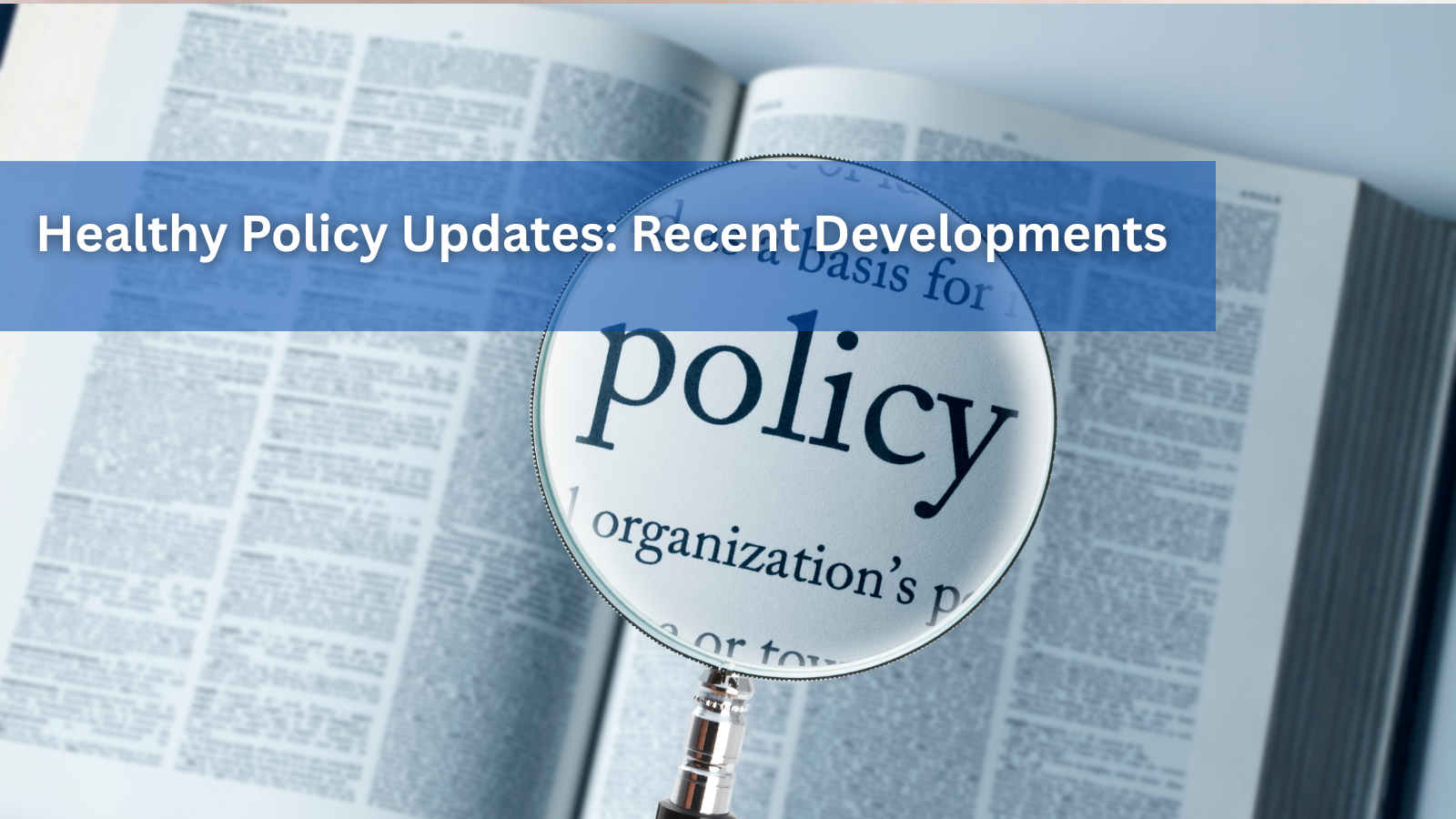
October 09, 2025
Healthy Policy Updates: Recent Developments
Walmart's Clean Food Revolution: Removing Synthetic Dyes from Store Brands Walmart has announced a groundbreaking initiative to eliminate all synthetic food dyes from its private-label products by January 2027. This massive undertaking ...
Read more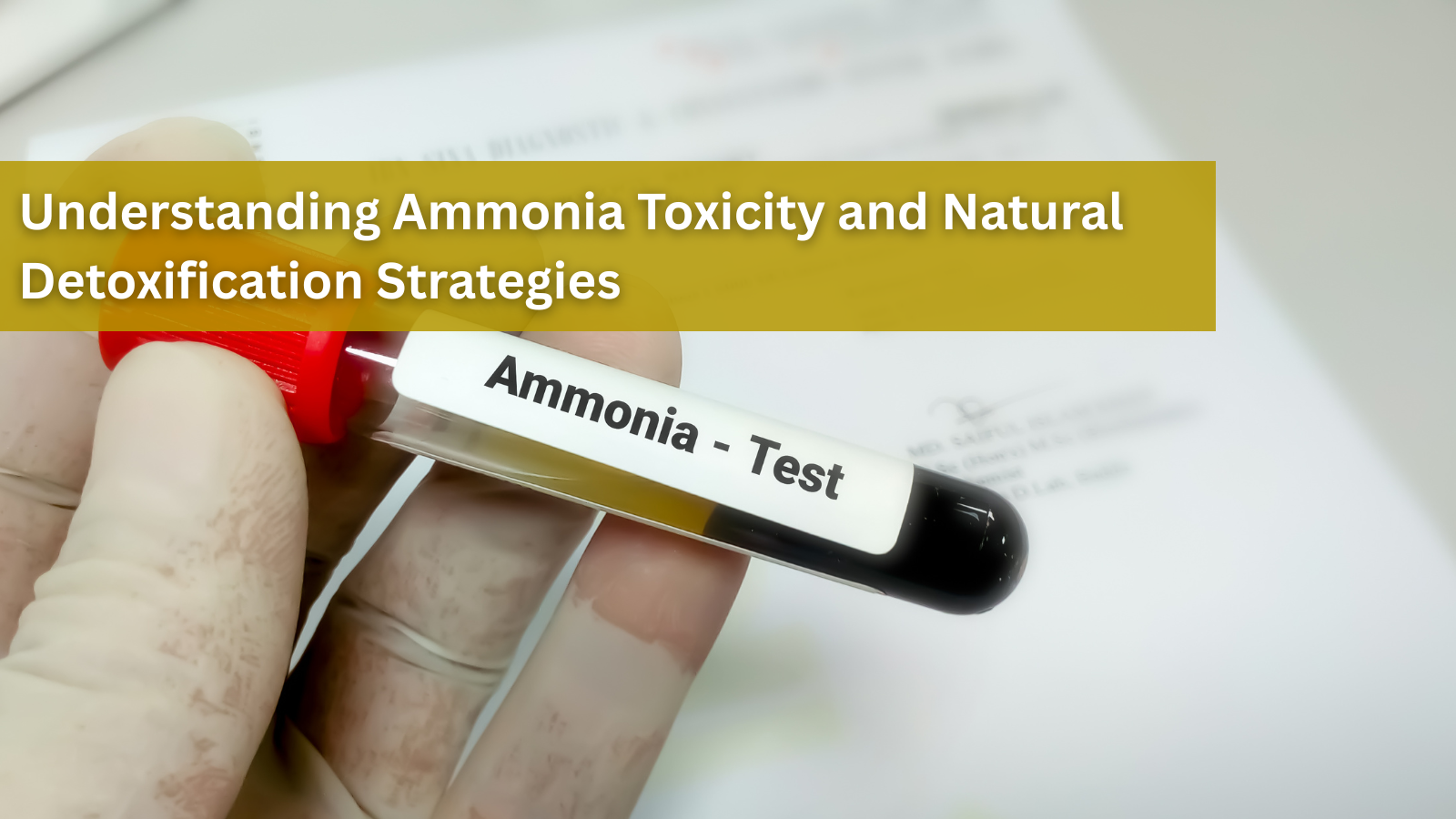
October 09, 2025
Understanding Ammonia Toxicity and Natural Detoxification Strategies
Ammonia is a toxic compound that most people associate with household cleaning products, yet few realize that their own bodies produce this potentially harmful substance every single day. When the body's natural detoxification systems ...
Read more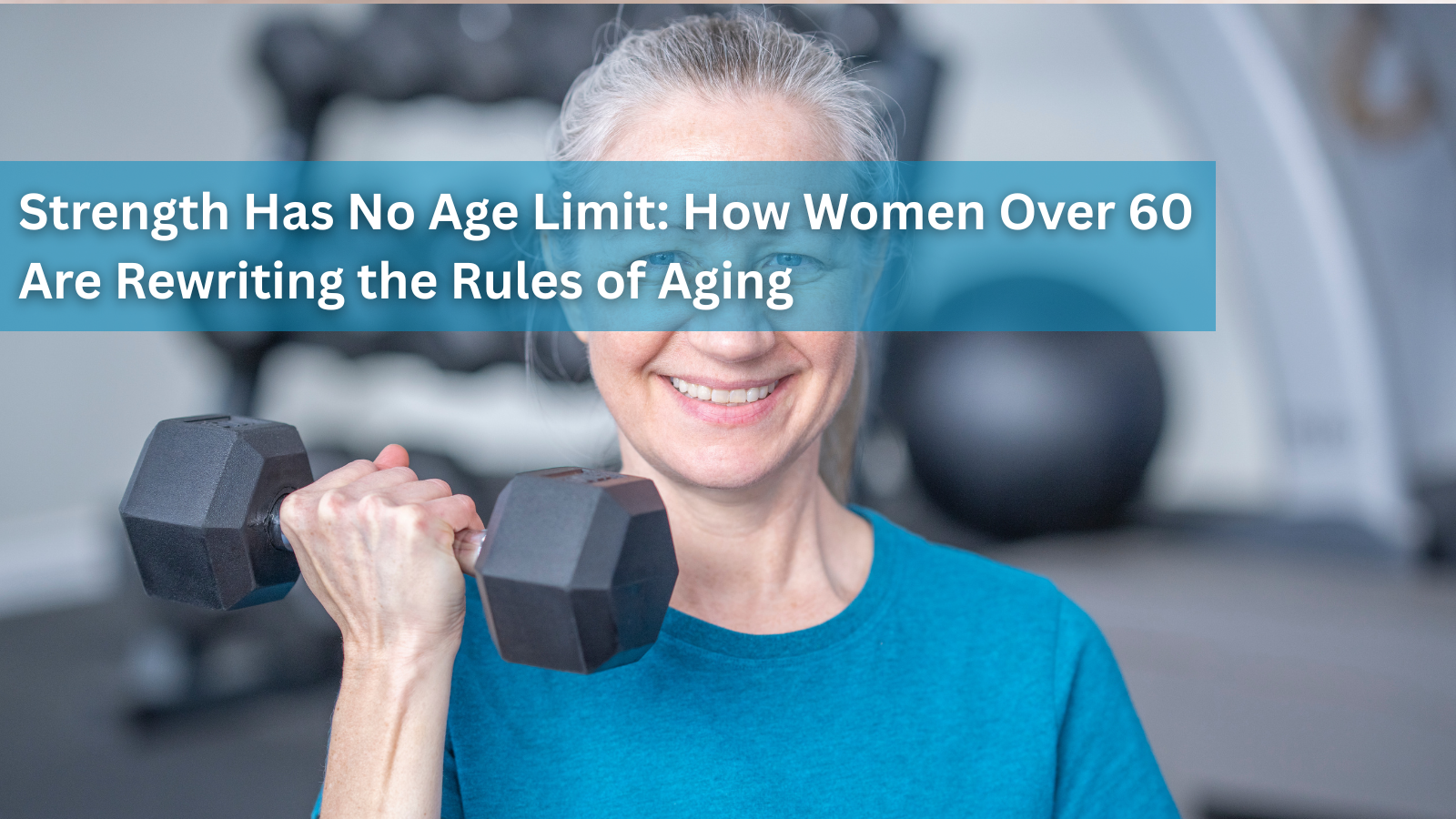
October 09, 2025
Strength Has No Age Limit: How Women Over 60 Are Rewriting the Rules of Aging
For decades, the narrative around aging for women has been synonymous with slowing down, taking it easy, and avoiding anything too strenuous. We've been told to "age gracefully"—a phrase that often translates to becoming smaller, quiete...
Read more

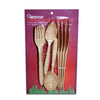

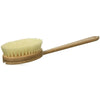
Hi Karen, Beata here.I’m so glad you found this article helpful — it means a lot :) Dr. Ardis is one of my favorite resources, he shares such helpful advice.
Love this article! I have been following Dr. Ardis protocol, it really has helped. No floaters and my cataracts have not progressed. Sometimes I even see better! There’s many supplements to take, some days I put a few in a spoon with a little applesause, it makes it so easy!
Thank you for a great article!
Leave a comment